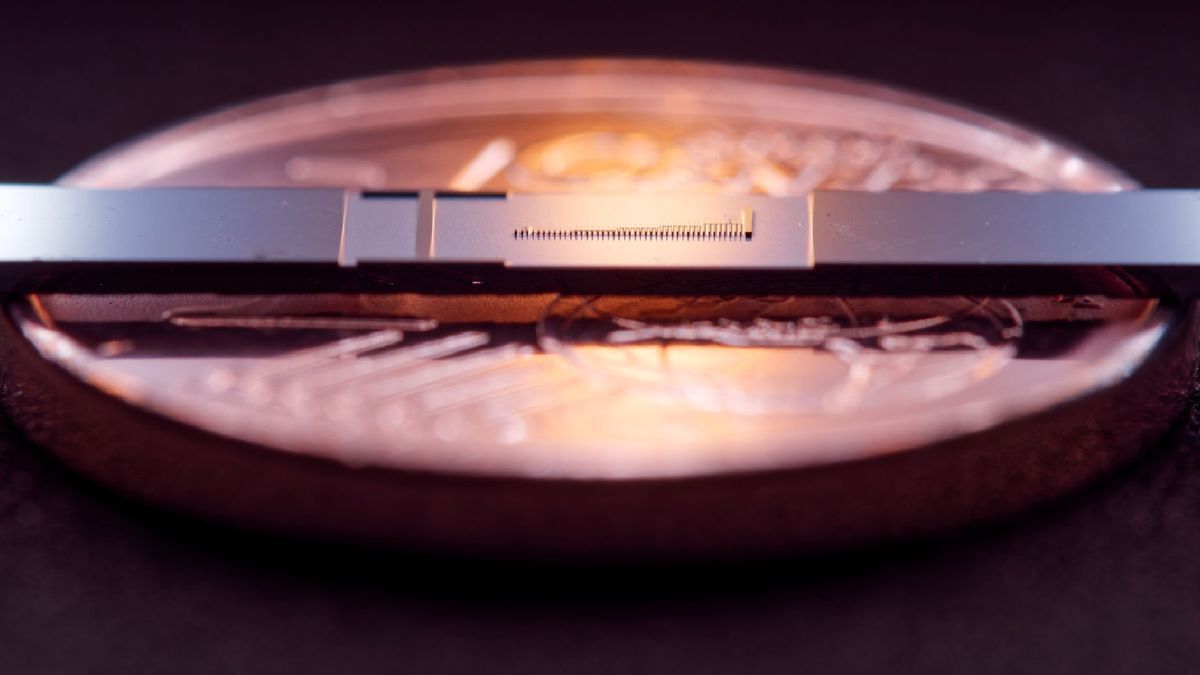It’s interesting that people only really became aware of particle accelerators in the LHC sense. CRT televisions are also particle accelerators. It’s nothing too super new.
Around 1930 they had a particular accelarator at Berkeley called the Cyclotron…they had the coolest names back then
Large Hadron Collider is also a cool name. Are there newer accelerators with uncool names, like “TD Bank Accelerator”?
“randall”, he’s an old baseball pitcher who just throws the atoms really hard
It’s pronounced Nolan 😂
Yeah, but that’s just what it is and does. What’s it do? Collide. What’s it collide? Hadrons. How big is it? Large.
I like the Cyclotron so much better. What does it do? I don’t fukken know, but it sounds cool as shit
Well, it’s like the Terminator. What does it do? It terminates. Still a cool name.
it trons cycles
I will always read its name as “Large Hardon Collider”. Could be its porn name.
Melbourne has the Synchrotron
Berkeley still has a cyclotron, though it’s a little newer (build in the 60’s) and much bigger.
Well, it is a million times smaller and a million times weaker. It accelerates from 28 to 40keV. So it a) already needs a pre-accelerator as input, and b) just adds about 35% to it.
Your run-of-the-mill CRT back in the times was an eccelerator, too, with something like 10keV, btw.
the fact that the shooty fat ass boy worked at all was a miracle
I thought at first you meant 28eV to 40keV and thought that’s pretty impressive.
Not that I know the implications of either.
Saying something is smaller than the LHC (even by orders of magnitude) isn’t that hot a take. Few partical accelleraters are not smaller than the LHC.
I’ve got an unconventional application idea for this particle accelerator on a chip.
True random number generation. There’s loads of random information that can be measured from such a device in a controlled manner.
If you could fit one of these on a motherboard then you wouldn’t even need to call a pseudo random number generator algorithm anymore, you can pull data directly from the chip.
There’s already hardware RNGs on computer chips – e.g. the RDRAND instruction on most x86 chips from the last decade or so uses a hardware entropy source as part of its behavior. The quality, of course, is one of those things people go “Uh, can I really trust this…?” about though.
Additionally, PRNGs still have uses even if you do trust hardware RNGs; determinism is a very useful property in software – it is way, way easier to debug something deterministic (by running a PRNG with a specific seed over and over while testing) even if you want the final version to be randomized unpredictably for users. They also tend to be faster.
I’ve heard that you could pull random numbers from a basic thermometer. Is a hardware RNG just based on measuring the random noise of some measurement like that?
This documentation from Intel says of the entropy source that “The ES runs asynchronously on a self-timed circuit and uses thermal noise within the silicon to output a random stream of bits at the rate of 3 GHz.” By thermal noise, I believe they mean this sort of noise but this is not my subject of expertise (I’m a programmer, not an EE or physicist). Not sure what AMD uses, but probably something similar, I’d expect.
Sounds more complicated than what it’s worth tbh
You underestimate what a truly random number generator would be worth then.
There are easier ways to get the same level of randomness.
Removed by mod
The same level as locally truly random? What provides that same level of random?
Proovably secure PRNGs are as secure as TRNGs. All you need is enough entropy and that you can get from plenty of sources.
A single chip you rely on for entropy is a problem as you cant look inside. Therefore you cant trust it fully.
While they may be as secure, I would not call that the same level of random. I’ll agree they are equal in almost every use case, but truly random is still “more random” in comparison.
Though I’ll concede that if it can’t be proven to be truly random, it’s not of much use.
How do you measure the amount of “true randomness”? CSPRNGs can use very little entropy to generate large amounts of random data. Mathematically speaking there isn’t any difference between that and what you call “true randomness” - if there was, they wouldn’t be CSPRNGs.
Agreed.
Honestly you won’t be able to build a device with this thing in it for cheaper than alternatives. For home usage it’s about 50-100$. And a good enough PCI card like Quantis will be 3000$ with a bandwidth of 240Mbps.
And that’s not even discussing bandwidth. In most cases bandwidth (number of random bits generated per second) is the limiting factor in usage. You want them to be fast enough that when you need a number you’re not waiting for it.
Yes. It isn’t hard to generate random numbers in hardware. It is hard to generate them very fast. This device would not help solve that problem.
deleted by creator
You can already make/buy a Quantum RNG for truly random numbers.
Isn’t the LHC large on purpose
This one has a different purpose. The LHC is for high energy experiments to discover new things about physics. The little one is potentially useful for medicine, to direct particles at target cells inside the body, for example to kill cancer cells
Anything but the metric system…
Come on Wolfram Alpha, sort this shit out(LHC (Large Hadron Collider) | diameter)/54000000
= 0.157mm
Looks like 3D printing guys have another item to put on the bench next to their cnc machines and printer.











